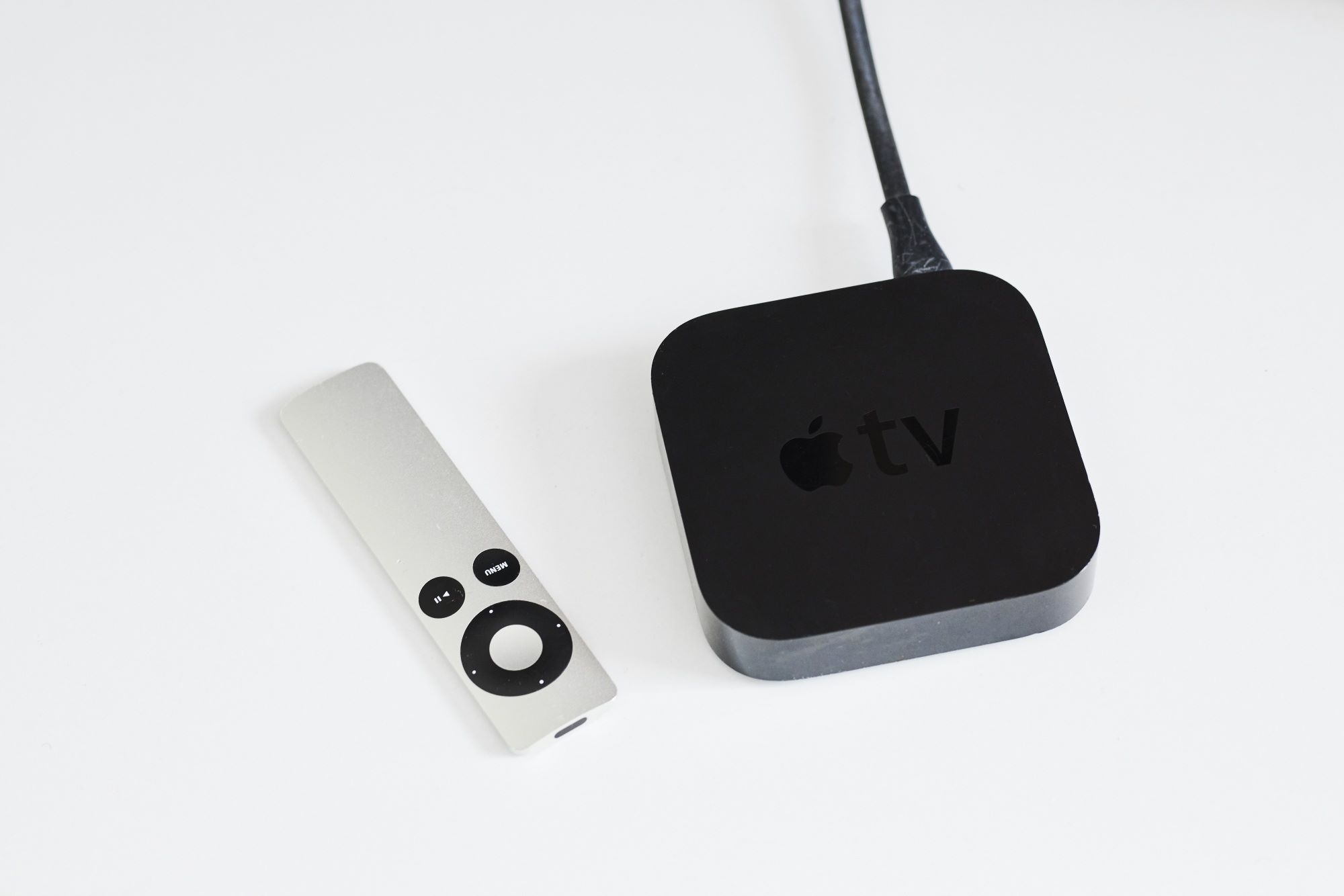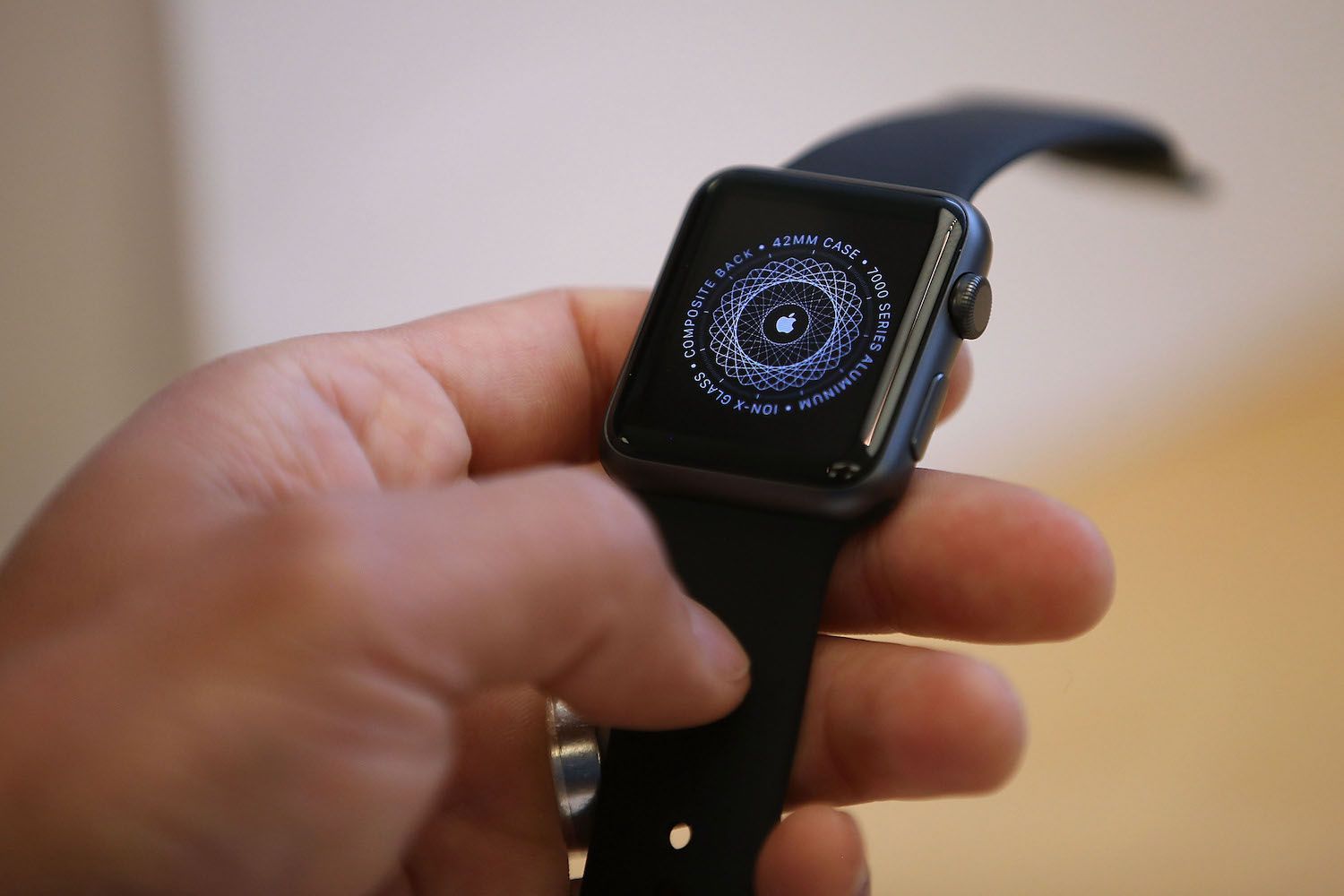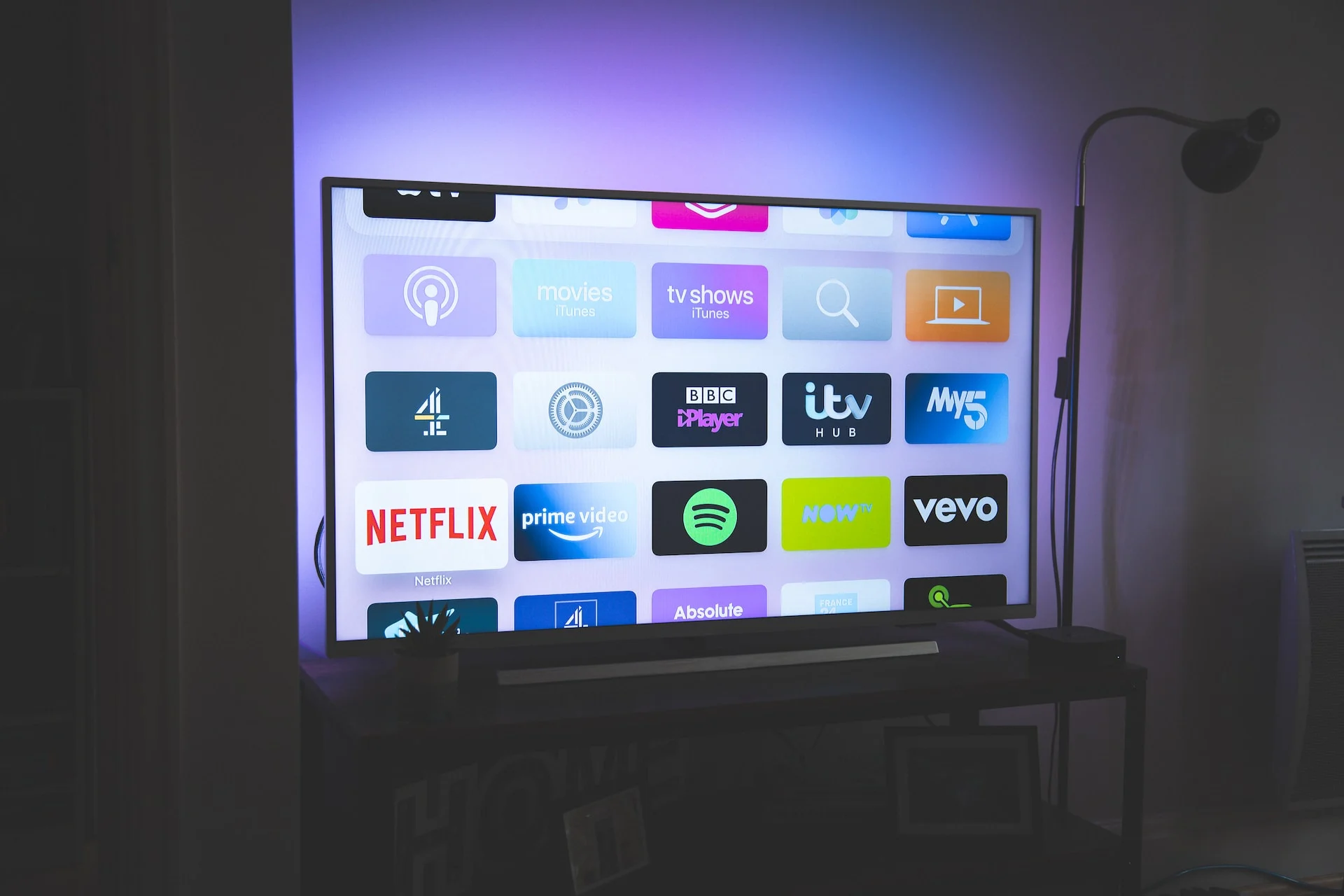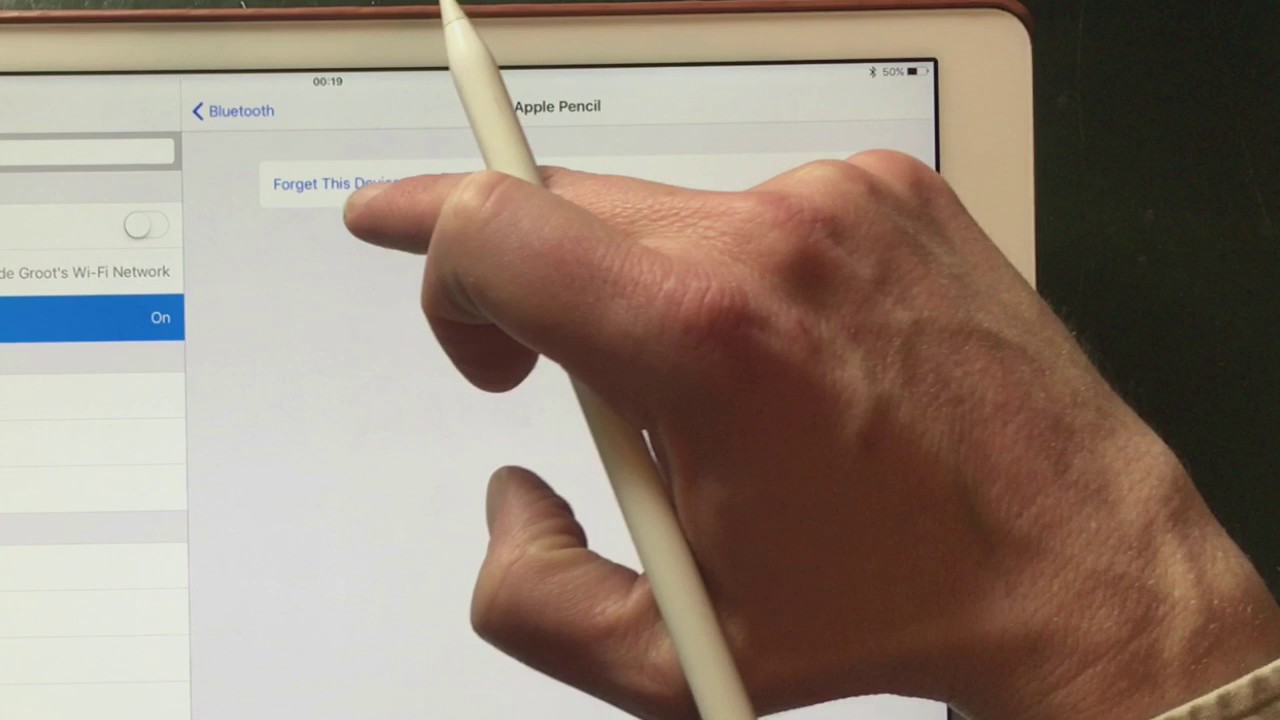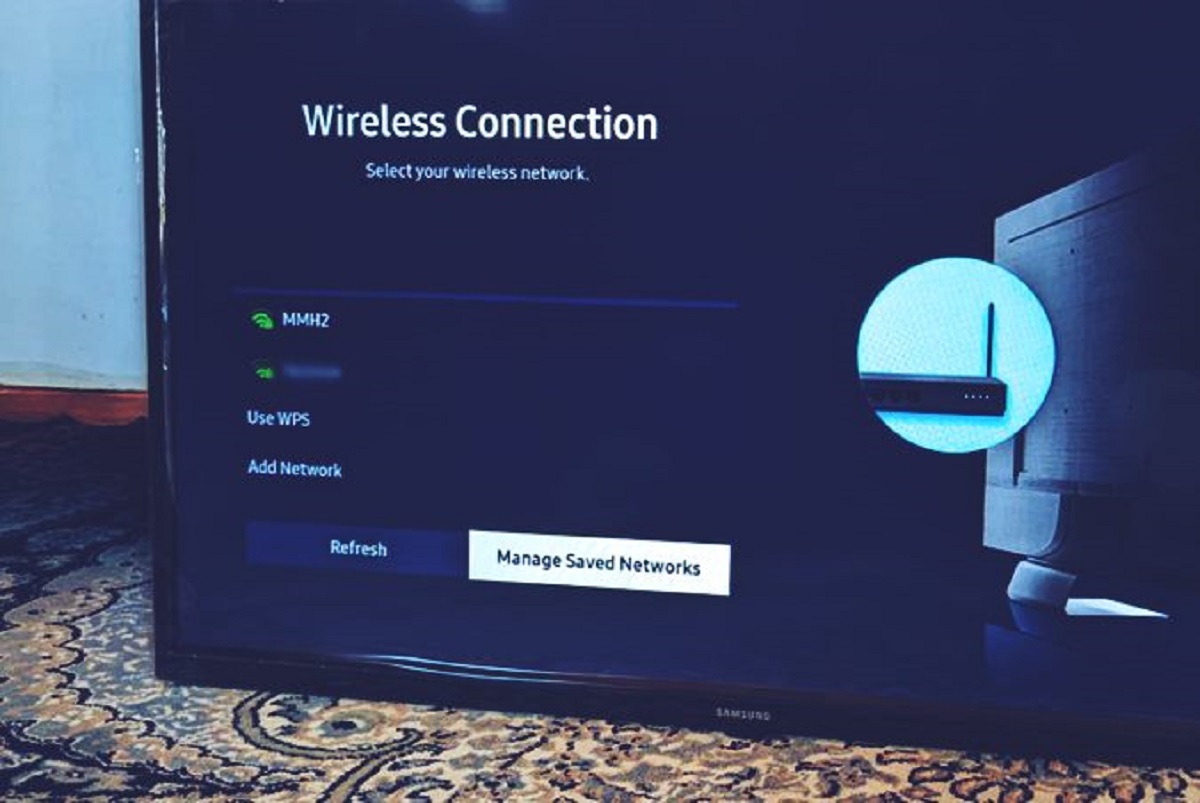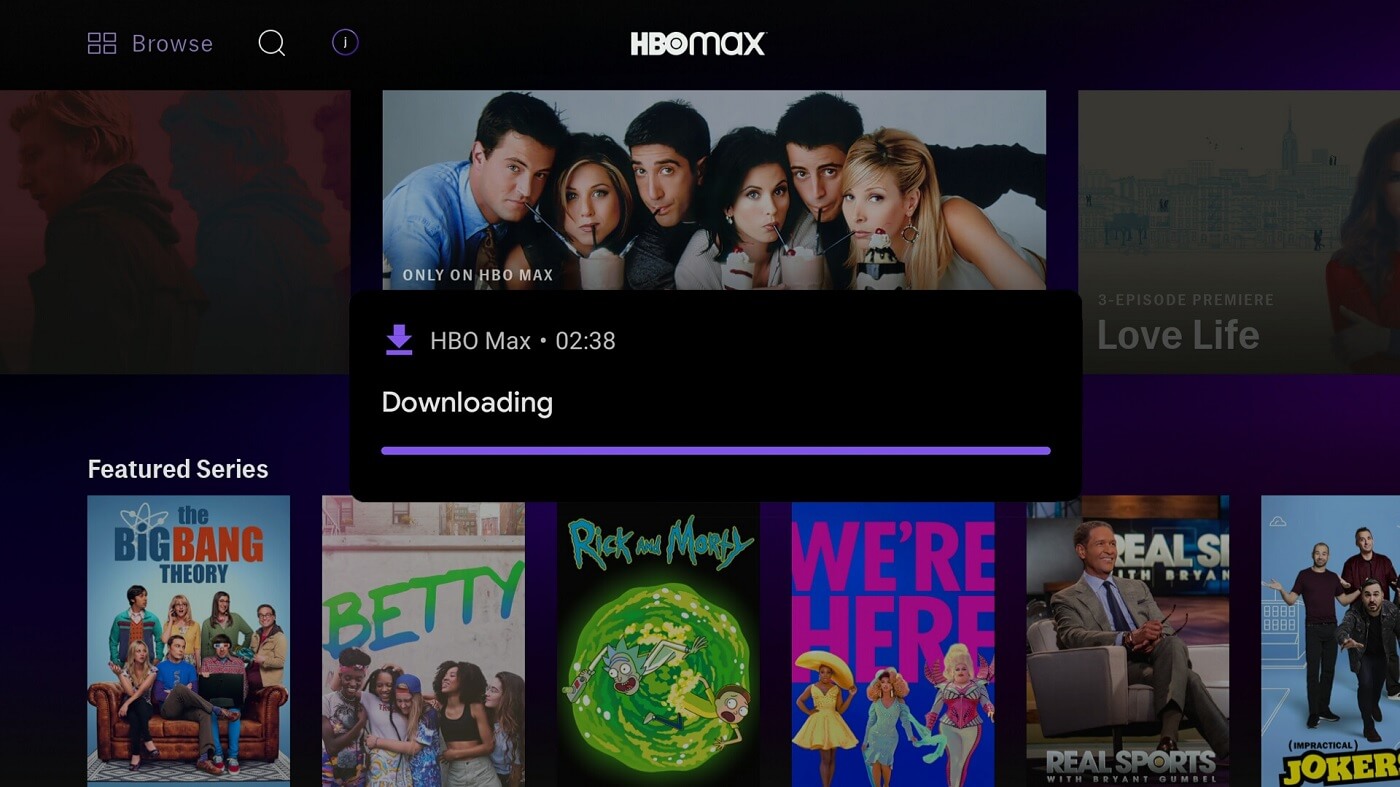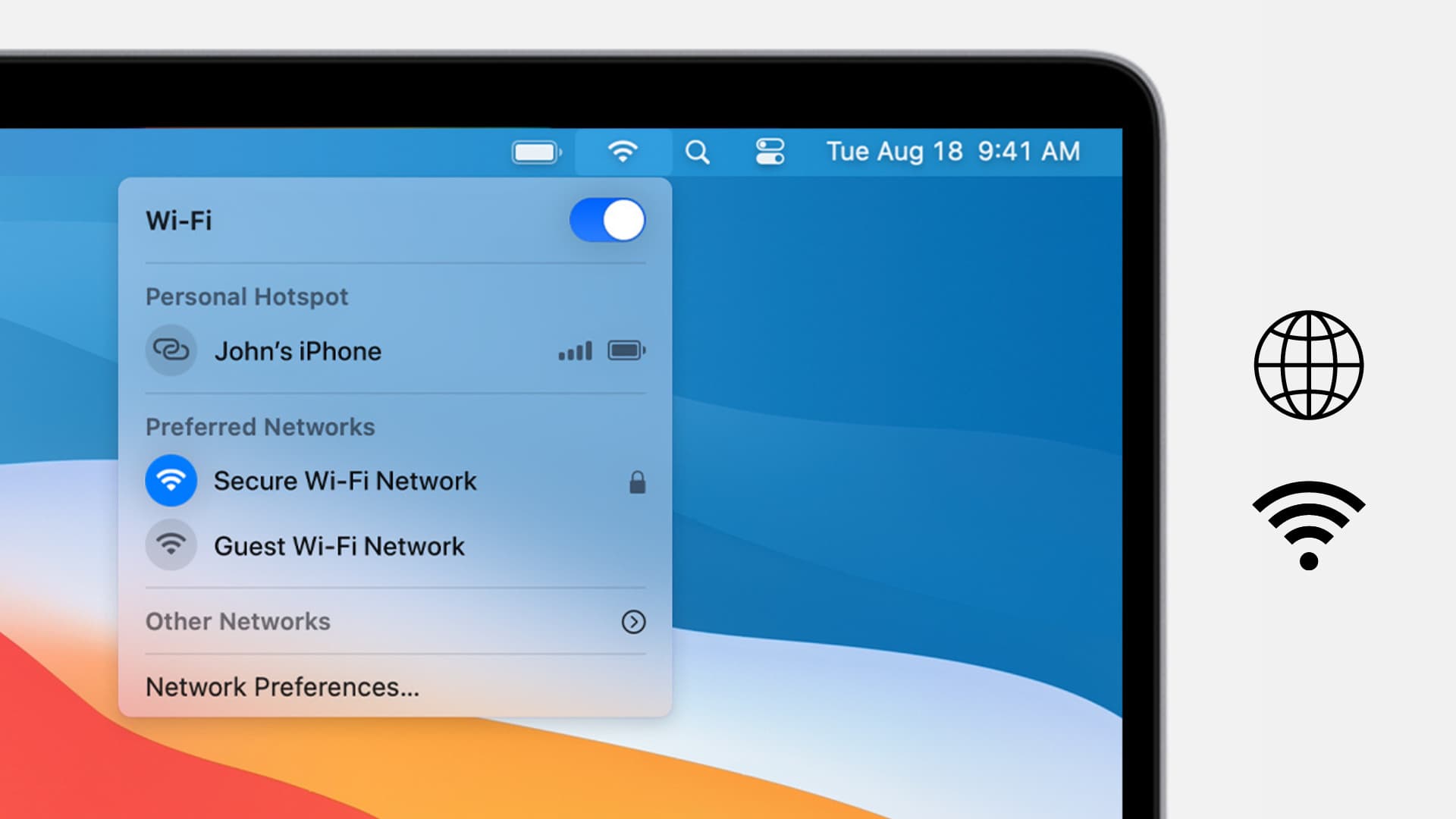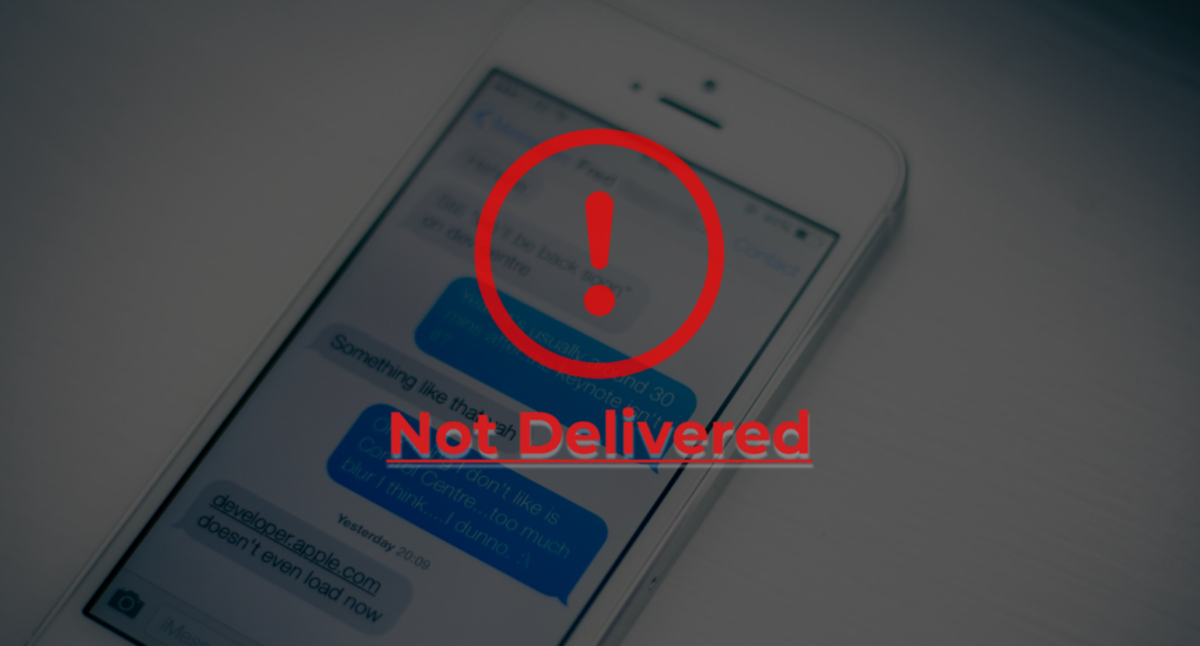Introduction
Welcome to the world of Apple TV, your gateway to endless entertainment. With its sleek design and seamless integration with other Apple devices, Apple TV has become a popular choice for streaming movies, TV shows, and music. However, even the most reliable technology can sometimes encounter issues that hinder its performance. If you’re experiencing difficulties with your Apple TV, don’t worry, you’re not alone.
Whether it’s a blank screen, unresponsive remote, or connectivity problems, these issues can be frustrating and disrupt your entertainment experience. Fortunately, most Apple TV problems can be resolved with a few simple troubleshooting steps. In this article, we will explore some of the common issues you may encounter while using your Apple TV and provide useful tips to help resolve them.
From power failures to network connectivity glitches, we will cover a wide range of potential issues you may encounter. By following these troubleshooting tips, you can get your Apple TV back up and running in no time. So, let’s dive into the world of Apple TV troubleshooting and find solutions to the problems you’re facing.
Common Apple TV Issues and Troubleshooting Tips
Apple TV provides a seamless streaming experience, but like any other electronic device, it can encounter technical glitches from time to time. The good news is that many issues can be easily resolved with some basic troubleshooting steps. Let’s take a look at some common Apple TV problems and how to fix them.
- Apple TV Does Not Turn On: If your Apple TV doesn’t power on, ensure that it is properly plugged into a working power outlet. If the issue persists, try disconnecting the power cord for a few seconds and plugging it back in. If this still doesn’t solve the problem, you may need to reset your Apple TV by holding down the Menu and Home buttons simultaneously until the status light flashes rapidly.
- No Picture or Video on the Screen: If you’re facing a blank screen on your TV when using Apple TV, ensure that all cables are properly connected. Verify that your TV is set to the correct input source. If the problem persists, restart both your Apple TV device and your TV. If that doesn’t work, try using a different HDMI cable or connecting to a different HDMI port on your TV.
- Apple TV Remote Not Working: If your Apple TV remote isn’t responding, first check if the batteries are charged. If they’re low, replace them with fresh batteries. If that doesn’t work, try unpairing and re-pairing the remote by going to Settings > Remotes and Devices > Remote. You can also try using the Apple TV Remote app on your iPhone as an alternative.
- Unable to Connect to Wi-Fi: If you’re having trouble connecting your Apple TV to your Wi-Fi network, ensure that your Wi-Fi router is functioning properly. Restart your router and Apple TV. Make sure your Apple TV is within range of your Wi-Fi network and that you’re entering the correct network credentials. If all else fails, try resetting your network settings on the Apple TV.
- Apps Crashing or Not Responding Properly: If you’re experiencing issues with apps crashing or freezing on your Apple TV, check if the app needs an update. Delete and reinstall the app to see if that resolves the problem. If multiple apps are having issues, restart your Apple TV and check for any available software updates.
- Audio Issues with Apple TV: If you’re encountering problems with audio, first ensure that the volume on your Apple TV and TV remote is turned up. Verify that your TV is set to the correct audio input source. If the problem persists, try restarting your Apple TV or connecting it to a different audio output device.
- Apple TV Freezing or Restarting Frequently: If your Apple TV keeps freezing or restarting unexpectedly, check for any available software updates and install them. Clear out any unnecessary apps or data on your Apple TV to free up storage space. If the issue continues, try resetting your Apple TV to its factory settings.
- Problems with AirPlay or Home Sharing: If you’re having trouble using AirPlay or Home Sharing, ensure that all devices are on the same Wi-Fi network. Verify that AirPlay and Home Sharing are enabled on your Apple TV and other devices. Restart your Apple TV, router, and other devices, then try again. If needed, sign out of your Apple ID and sign back in.
By following these troubleshooting tips, you can resolve many common Apple TV issues on your own. If the problem persists, it may be helpful to contact Apple Support for further assistance. Now that we’ve outlined the common issues and their troubleshooting steps, you’re well-equipped to tackle any Apple TV hiccups that come your way.
Apple TV Does Not Turn On
It can be quite disheartening when your Apple TV refuses to turn on. Before you panic, there are a few troubleshooting steps you can take to resolve this issue.
First, ensure that your Apple TV is properly plugged into a working power outlet. Double-check all connections, including the power cable and HDMI cable, to make sure they are securely attached. If you’re using a power strip or surge protector, try plugging the Apple TV directly into a wall outlet to eliminate any potential power supply issues.
If your Apple TV still doesn’t turn on, try disconnecting the power cord for about ten seconds and then plugging it back in. This can help reset the device and may resolve any temporary power-related issues.
In some cases, a software glitch may prevent your Apple TV from turning on. To troubleshoot this, perform a reset by holding down the Menu and Home buttons on your Apple TV remote simultaneously. Keep holding the buttons until the status light on your Apple TV starts flashing rapidly. This indicates that your Apple TV is being reset. Once the reset is complete, your Apple TV should boot up normally.
If all else fails and your Apple TV is still unresponsive, try connecting it to a different power source or using a different power cable. This can help determine if the issue lies with the power supply rather than the Apple TV itself.
Remember, if your Apple TV still refuses to turn on after trying these troubleshooting tips, it’s recommended to contact Apple Support for further assistance. They will be able to provide you with more in-depth troubleshooting guidance or help you determine if your device needs repairs or a replacement.
No Picture or Video on the Screen
One of the most frustrating issues you may encounter with your Apple TV is when there is no picture or video displayed on your TV screen. This can be caused by a variety of factors, but there are several troubleshooting steps you can take to resolve the issue.
First, check all the cables connecting your Apple TV to the TV screen. Ensure that they are securely plugged in and that there are no visible signs of damage. Sometimes, a loose or faulty connection can result in no video output. Try unplugging and re-plugging the HDMI cable both from the Apple TV and the TV itself to establish a proper connection.
Next, verify that your TV is set to the correct input source. Use your TV remote to navigate through the various input options available until you find the one corresponding to the HDMI input your Apple TV is connected to. Sometimes, the TV might automatically switch to a different input source if it detects activity from another connected device.
If you’re still not seeing any picture or video, try restarting both your Apple TV and your TV. To do this, simply unplug the power cord from both devices, wait for about 10 seconds, and then plug them back in. This can help reset any temporary glitches causing the issue.
If the problem persists, it’s worth trying a different HDMI cable or connecting to a different HDMI port on your TV. Occasionally, a faulty cable or a defective HDMI port can interfere with video output. By eliminating these potential hardware issues, you can pinpoint the root cause of the problem.
In some cases, your Apple TV settings may need adjustment. Go to the Settings menu on your Apple TV and select “Audio and Video.” From there, you can adjust the resolution settings, audio output, and other video-related settings. If the issue is related to incompatible settings, adjusting these options can rectify the problem.
If all else fails, it might be necessary to restore your Apple TV to its factory settings. Go to the Settings menu, select “System,” and choose “Reset.” Keep in mind that this will erase all your settings and data, so make sure to create a backup if possible. Restoring your Apple TV can sometimes resolve deeper software-related issues that might be causing the lack of video output.
If none of these troubleshooting steps resolve the issue, it’s recommended to contact Apple Support or seek professional assistance for further guidance. They will be able to provide you with more in-depth troubleshooting advice or help you determine if your Apple TV requires repairs or a replacement.
Apple TV Remote Not Working
Having trouble with your Apple TV remote can be incredibly frustrating, as it hampers your ability to navigate through the interface and control your device. If you’re experiencing issues with your Apple TV remote, here are some troubleshooting steps you can take to get it working again.
First, check the battery level of your Apple TV remote. If the batteries are low, it might cause the remote to become unresponsive. Replace the batteries with fresh ones and see if that resolves the issue. You can do this by sliding the back cover of the remote off and replacing the existing batteries with new ones.
If the battery replacement doesn’t work, try unpairing and re-pairing the remote. To do this, go to the Settings menu on your Apple TV and select “Remotes and Devices.” Choose “Remote” and then select “Unpair.” After unpairing, follow the on-screen instructions to re-pair the remote with your Apple TV. This process usually involves holding down specific buttons on the remote for a few seconds until your Apple TV recognizes it.
If your Apple TV remote still isn’t working, try using the Apple TV Remote app on your iPhone. Download the app from the App Store and ensure that your iPhone is connected to the same Wi-Fi network as your Apple TV. Open the app and follow the instructions to pair it with your Apple TV. The app should provide you with the same functionality as the physical remote.
In some cases, interference from other devices in your home can disrupt the signal between your Apple TV and the remote. Make sure that there are no obstructions between the remote and the Apple TV. Additionally, keep other electronic devices, such as smartphones or tablets, away from the Apple TV and its remote to minimize interference.
If you’ve exhausted all of these troubleshooting steps and your Apple TV remote still won’t work, it’s worth ensuring that your Apple TV software is up to date. Go to the Settings menu, select “System,” and choose “Software Updates.” If an update is available, download and install it. Sometimes, compatibility issues between outdated software and the remote can cause it to malfunction.
If none of these troubleshooting steps resolve the issue, you may need to consider getting a replacement remote. Contact Apple Support or visit an authorized Apple service provider to inquire about obtaining a new remote for your Apple TV.
Unable to Connect to Wi-Fi
Connecting your Apple TV to your Wi-Fi network is essential for seamless streaming and accessing online content. If you’re unable to connect your Apple TV to Wi-Fi, there are a few troubleshooting steps you can take to resolve the issue.
First, ensure that your Wi-Fi router is functioning properly. Check if other devices in your home can connect to the Wi-Fi network without any issues. If the problem seems to be isolated to your Apple TV, there may be an issue with its network settings.
Restart both your Apple TV and your Wi-Fi router. Begin by unplugging the power cord from both devices. Wait for about 10 seconds, then plug them back in. This simple step can often resolve temporary glitches and connectivity issues.
Make sure that your Apple TV is within range of the Wi-Fi network and that there are no physical obstructions blocking the signals. Wi-Fi signals can be weakened by walls or interference from other electronic devices, so try to position your Apple TV and router in close proximity.
Double-check that you are entering the correct Wi-Fi network credentials on your Apple TV. It’s easy to mistype or forget a letter or number, so take your time and ensure that you are inputting the correct information. If you’re unsure about the network credentials, reach out to your internet service provider or check your router’s documentation.
If you’re still experiencing trouble connecting to Wi-Fi, try resetting your network settings on the Apple TV. Go to the Settings menu, select “General,” and choose “Reset.” From there, select “Reset Network Settings.” Keep in mind that by doing this, you will need to reconnect to your Wi-Fi network and re-enter the network credentials.
If all else fails, it’s worth updating your Apple TV software to the latest version. Sometimes, outdated software can cause compatibility issues with Wi-Fi networks. To check for updates, go to the Settings menu, select “System,” and choose “Software Updates.” If there is an update available, download and install it.
If you’ve tried all of these troubleshooting steps and are still unable to connect your Apple TV to Wi-Fi, it’s recommended to contact Apple Support or reach out to your internet service provider. They can provide you with further assistance and guide you through more advanced troubleshooting steps.
Apps Crashing or Not Responding Properly
Having apps crash or not respond properly on your Apple TV can be frustrating, as it hinders your ability to enjoy your favorite content. If you’re experiencing issues with apps on your Apple TV, here are some troubleshooting steps you can take to address the problem.
First, check if the app in question needs an update. Outdated versions of apps can sometimes lead to instability and crashes. Open the App Store on your Apple TV and navigate to the “Updates” tab to see if there are any available updates. If an update is available for the problematic app, install it and check if the issue persists.
If updating the app doesn’t solve the problem, try deleting and reinstalling the app. Go to the main screen of your Apple TV, locate the app, and hold down the touchpad on your Apple TV remote until the app starts to shake. Press the play/pause button and select “Delete.” Once the app is deleted, go back to the App Store and reinstall the app.
In some cases, multiple apps might be experiencing issues, or the problem might be more widespread. Restarting your Apple TV can help clear temporary cache and restore normal functionality. Simply go to the Settings menu, select “System,” and choose “Restart.” Allow your Apple TV to fully restart, and then check if the apps are working properly.
If the issue persists, check if there are any available software updates for your Apple TV. Go to the Settings menu, select “System,” and choose “Software Updates.” If an update is available, download and install it. Software updates often contain bug fixes and improvements that can resolve app-related issues.
If you’re experiencing problems with specific content within an app, such as videos not playing or loading properly, verify that your internet connection is stable and fast enough to support streaming. Run a speed test on your Wi-Fi network to ensure that you’re getting adequate internet speeds. If your connection is slow, try resetting your Wi-Fi router or contacting your internet service provider for assistance.
If none of the above solutions work, it’s possible that the issue lies with the app developer or a compatibility problem with your specific Apple TV model. In this case, reach out to the app developer for support or contact Apple Support for further assistance and guidance.
By following these troubleshooting steps, you can often resolve app-related problems on your Apple TV. However, if the issues persist or seem to be affecting multiple apps, it might be helpful to contact the app developer or Apple Support for more in-depth troubleshooting or to explore possible hardware issues.
Audio Issues with Apple TV
Experiencing audio issues with your Apple TV can be frustrating, as it diminishes the overall viewing experience. If you’re facing problems with the audio on your Apple TV, there are several troubleshooting steps you can take to address the issue.
First, ensure that the volume on your Apple TV and TV remote is turned up. It may seem obvious, but sometimes the volume is unintentionally set too low or muted, resulting in no sound. Check both the volume control on your Apple TV remote and the audio settings on your TV itself.
Verify that your TV is set to the correct audio input source. Using your TV remote, navigate through the available input options until you find the one corresponding to the HDMI input that your Apple TV is connected to. Selecting the proper audio source ensures that the audio is being routed correctly.
If you’re encountering audio issues with a specific app, such as no sound or distorted audio, check if the app needs an update. Outdated versions of apps can sometimes create compatibility issues that result in audio problems. Open the App Store on your Apple TV and navigate to the “Updates” tab to see if there are any available updates for the app. Installing the latest version may resolve the issue.
If you’re using external speakers or a soundbar with your Apple TV, check the connections between the TV and the audio device. Ensure that all cables are securely plugged in and that there are no loose connections. Try swapping out the audio cables or using different ports to determine if the issue lies with the connections.
Restarting your Apple TV can often resolve temporary audio issues. Simply go to the Settings menu, select “System,” and choose “Restart.” Allow your Apple TV to fully restart, and then check if the audio is working properly. This simple reset can help eliminate any software glitches that may be affecting the audio.
If you have an audio receiver or soundbar that supports HDMI-CEC (Consumer Electronics Control), ensure that it’s enabled on both the Apple TV and the audio device. HDMI-CEC allows for seamless control of multiple devices using a single remote. Enabling this feature can help resolve audio-related compatibility issues.
In some cases, you may need to connect your Apple TV to a different audio output device to troubleshoot audio problems. Try connecting your Apple TV to a different set of speakers or using Bluetooth headphones to determine if the issue lies with the original audio device.
If the above steps do not resolve the audio issues, it’s recommended to check for any available software updates for your Apple TV. Go to the Settings menu, select “System,” and choose “Software Updates.” If an update is available, download and install it. Software updates often contain bug fixes and improvements that can address audio-related problems.
If none of these troubleshooting steps work, it’s advisable to contact Apple Support or consult with an audio professional for further assistance. They can provide more in-depth troubleshooting guidance or help diagnose any potential hardware issues with your Apple TV or audio equipment.
Apple TV Freezing or Restarting Frequently
Experiencing frequent freezes or restarts with your Apple TV can be frustrating and disruptive to your viewing experience. If your Apple TV is freezing or restarting frequently, there are several troubleshooting steps you can take to address the issue.
First, check if there are any available software updates for your Apple TV. Go to the Settings menu, select “System,” and choose “Software Updates.” If an update is available, download and install it. Software updates often contain bug fixes and improvements that can resolve freezing or restarting issues.
If your Apple TV continues to freeze or restart, it’s worth checking if the issue is related to a specific app. Certain apps may have compatibility issues or contain faulty code that causes the freezing or restarting. Try closing the app or force-quitting it by double-clicking the TV/Home button on your Apple TV remote, swiping up on the app preview, and selecting “Force Close.” If the freezing or restarting issue persists with multiple apps, it’s likely not limited to a specific app.
Ensure that your Apple TV is well-ventilated and not overheating. If the device becomes too hot, it can lead to performance issues and unexpected freezes or restarts. Place your Apple TV in a well-ventilated area to allow for proper airflow. Avoid stacking other devices on top of it or blocking the vents.
Clear out any unnecessary data or apps on your Apple TV. Over time, accumulated data and apps can consume storage and impact the device’s performance. Delete any apps you no longer use and go to the Settings menu, select “General,” and choose “Manage Storage” to remove unused or large files.
If the freezing or restarting issue persists, consider resetting your Apple TV to its factory settings. Go to the Settings menu, select “System,” and choose “Reset.” From there, you can choose either “Reset All Settings” or “Erase All Content and Settings.” Keep in mind that a factory reset will erase all data and settings on your Apple TV, so make sure to back up any important information before proceeding.
If none of these troubleshooting steps resolve the issue, it may be necessary to contact Apple Support or seek professional assistance. They can provide more in-depth troubleshooting guidance or determine if there is a hardware issue with your Apple TV. In some cases, a defective hardware component may be the cause of the frequent freezes or restarts.
By following these troubleshooting steps, you can often identify and address the underlying cause of your Apple TV freezing or restarting frequently. Remember to check for software updates, manage storage, and consider a factory reset if needed. If the issue persists, don’t hesitate to reach out to Apple Support for further assistance.
Problems with AirPlay or Home Sharing
AirPlay and Home Sharing are powerful features that allow you to stream audio, video, and photos wirelessly from your Apple devices to your Apple TV. However, sometimes you may encounter issues with AirPlay or Home Sharing not working properly. If you’re facing problems with these features, here are some troubleshooting steps you can take to resolve the issue.
First, ensure that all devices, including your Apple TV and the devices you’re trying to connect from (e.g., iPhone, iPad, Mac), are connected to the same Wi-Fi network. AirPlay and Home Sharing require all devices to be on the same network to function correctly.
Verify that AirPlay and Home Sharing are enabled on your Apple TV. Go to the Settings menu, select “AirPlay and Home Sharing,” and ensure that both features are turned on. If either of them is disabled, toggle the switch to enable them.
Restart your Apple TV, Wi-Fi router, and other devices involved in the AirPlay or Home Sharing setup. Power cycling the devices can often resolve temporary connectivity issues. Simply unplug the power cord from each device, wait for a few seconds, and then plug them back in.
If you’re experiencing problems with AirPlay, verify that the device you’re trying to AirPlay from is compatible. Not all apps or devices support AirPlay, so it’s worth checking the specific requirements for AirPlay compatibility. Additionally, ensure that the app you’re trying to AirPlay from is up to date, as outdated versions may have compatibility issues.
For Home Sharing issues, ensure that you have signed in to the same Apple ID on all devices involved. Home Sharing requires all devices to be logged in to the same Apple ID to share content seamlessly. Double-check your Apple ID settings on each device to ensure they match.
If you’re still having problems, try signing out of your Apple ID and signing back in on all devices. To do this on your Apple TV, go to the Settings menu, select “Accounts,” and choose “iTunes and App Store.” Select your Apple ID and choose “Sign Out.” Sign back in using your Apple ID credentials and try using AirPlay or Home Sharing again.
If AirPlay or Home Sharing continues to be unreliable or inconsistent, it may be helpful to update your Apple TV software. Go to the Settings menu, select “System,” and choose “Software Updates.” If an update is available, download and install it. Software updates often include bug fixes and improvements that can address AirPlay or Home Sharing issues.
If these troubleshooting steps don’t resolve the issue, it’s advisable to contact Apple Support for further assistance. They can provide more in-depth troubleshooting specific to your setup or help determine if there are any compatibility issues with your devices or network configuration.
By following these troubleshooting steps, you can often resolve common problems with AirPlay or Home Sharing. Ensure that all devices are on the same Wi-Fi network, enable AirPlay and Home Sharing, and try restarting the devices involved. Updating software and signing in and out of your Apple ID can also help resolve connectivity issues. If the problem persists, don’t hesitate to reach out to Apple Support for additional assistance.
Conclusion
Apple TV is a fantastic device that offers a wide range of entertainment options. However, like any technology, it can encounter issues from time to time. The good news is that many of these issues can be easily resolved with some basic troubleshooting steps.
In this article, we’ve discussed some common issues that Apple TV users may face and provided helpful troubleshooting tips to address them. From turning on problems to connectivity issues, freezing or crashing apps, audio problems, and difficulties with AirPlay or Home Sharing, we’ve covered a wide range of potential challenges.
By following the troubleshooting steps outlined, such as checking connections, updating software, restarting devices, adjusting settings, and performing resets when necessary, you can often resolve these issues and get your Apple TV back up and running smoothly.
However, if you’ve tried all the troubleshooting steps and are still experiencing issues, it may be necessary to contact Apple Support or seek professional assistance. They can provide more in-depth guidance tailored to your specific situation and help determine if there are any underlying hardware issues that need to be addressed.
Remember to keep your Apple TV software up to date, manage storage to free up space, and ensure a stable Wi-Fi connection for optimal performance. Regularly check for updates for both your Apple TV and the apps you use, as updates often include bug fixes and improvements.
With the right troubleshooting techniques and a little patience, you can overcome common Apple TV issues and continue to enjoy seamless streaming and entertainment on your device. Don’t let technical difficulties discourage you—explore the troubleshooting steps outlined in this article, and if needed, reach out to Apple Support for further assistance.







